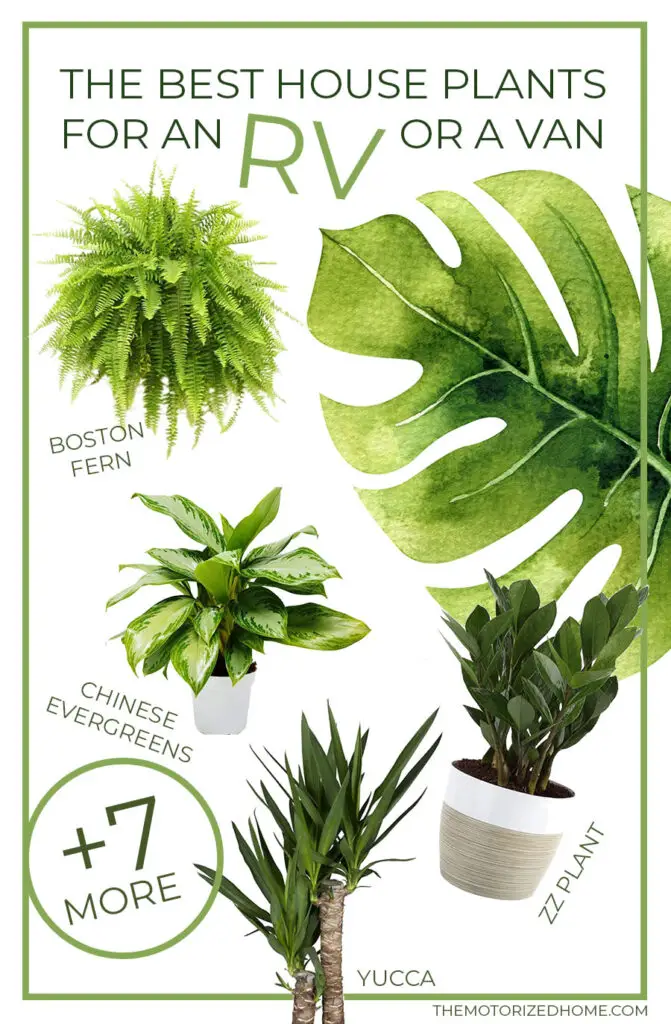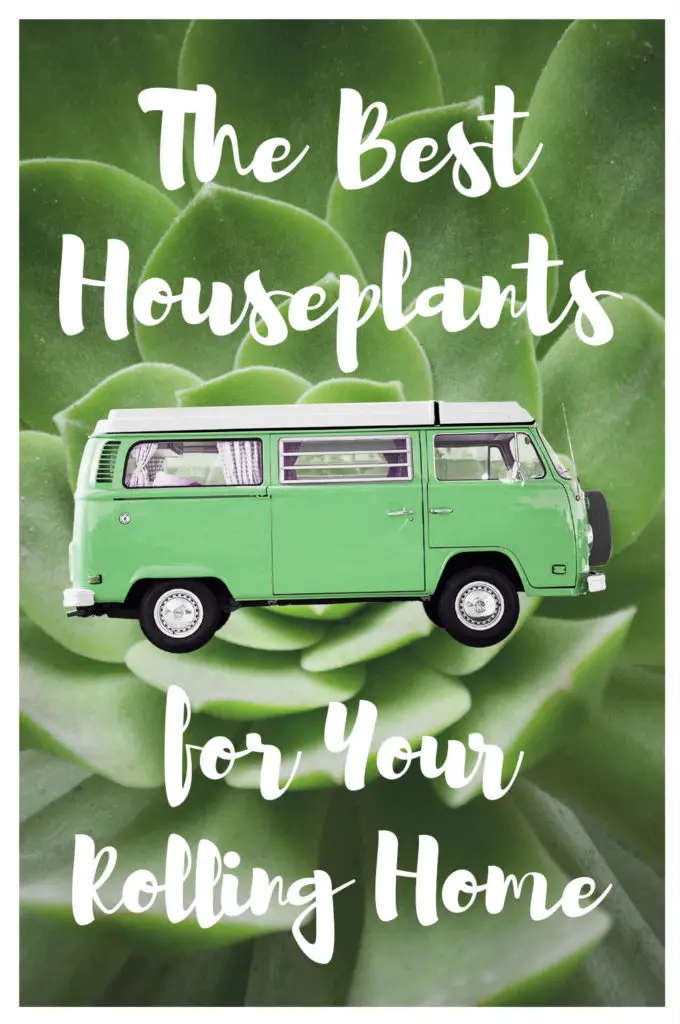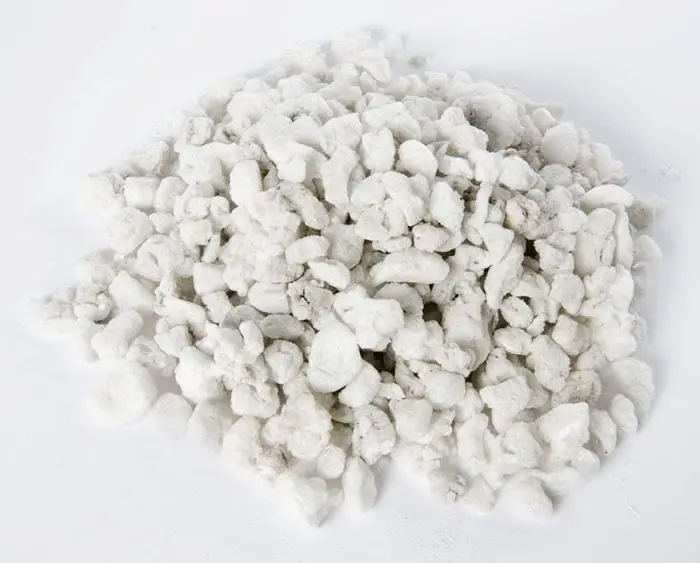
All You Need To Know About Having House Plants In Your RV or a Van – 11 Best Hard to Kill Plants for Your Rolling Home
This post may contain affiliate links to support the upkeep of this blog - at no extra cost to you! Please read my disclaimer for more info.
I don’t know about you, but I love plants! They make the space feel so calming and cozy, they purify the air, reduce your stress levels, and just look great. The only problem with vans and RVs is that they tend to be fairly badly lit, have no window sills, and quickly changing temperatures make it harder for plants to thrive too. So let’s have a look at a few different easy-going house plants for your RV that don’t mind it so much and a few tips to tailored just for the life on the road.
Note: If you are traveling in the US, some restrictions may apply to what plants and soils you are allowed to take from state to state. Check the sites of the Department of Natural Resources of the state you are traveling to for more info. If you want to avoid the whole hassle, you could look into a method called hydroponic gardening, in which you grow your plants without soil at all! The Spruce has made a good article about hydroponic gardening, you can read it from here.
You might also be interested in
► How To Make Your RV Smell Good (And Get Rid of Any Bad Smells)
► RV Deodorizer Disks DIY
4 Important Things To Remember When Having Plants in an RV
These are all tried and tested!
1 – Make sure your pots are as light-weight as possible and don’t break easily
Not only will you have legal limits for the weight of your vehicle, but also the lighter the vehicle is, the more miles you get for a gallon. Plant pots can be surprisingly heavy, especially after you fill them with damp soil! This is why plastic pots are the best, they are light and don’t break if you brake too fast! If they don’t please your eye aesthetically, don’t worry, nowadays you can get pretty authentic looking faux stone pots like this one from Amazon.
2 – Make the soil lighter by mixing it with lighter materials like perlite
By mixing the soil with a material like a perlite, pumice, or burned clay, the pot will be much, much lighter and the drainage and aeration will improve.
Just a general tip: Put a little bit of perlite on the top of the soil as well. It looks nice and doesn’t let the topsoil get “manky”.
3 – Be careful with the plants in the cockpit
If you were thinking about brightening up your cockpit with a nice plant, unfortunately, you’ll have to think again. Plants love light, but not when there is too much of it… Trust me, I tried with various different plants and they all got way too dry and yellow, just in a few days. If you definitely want to try something, try herbs but remember to take them to rest every now and then and when they look like they need a bit of shade.
4 – Secure the plants carefully
Plants get offended surprisingly easily. Sometimes just changing their location might make them upset; not to mention if they fall on the floor and get their roots all tangled up! So make sure that your pots are carefully secured when you drive.
Good examples:
1 – Hang them from the ceiling
Just not too close to the wall that they won’t bang when you make a turn.
2 – Use tension rods
Place the plants on a shelf etc. and use a tension rod to stop it moving.
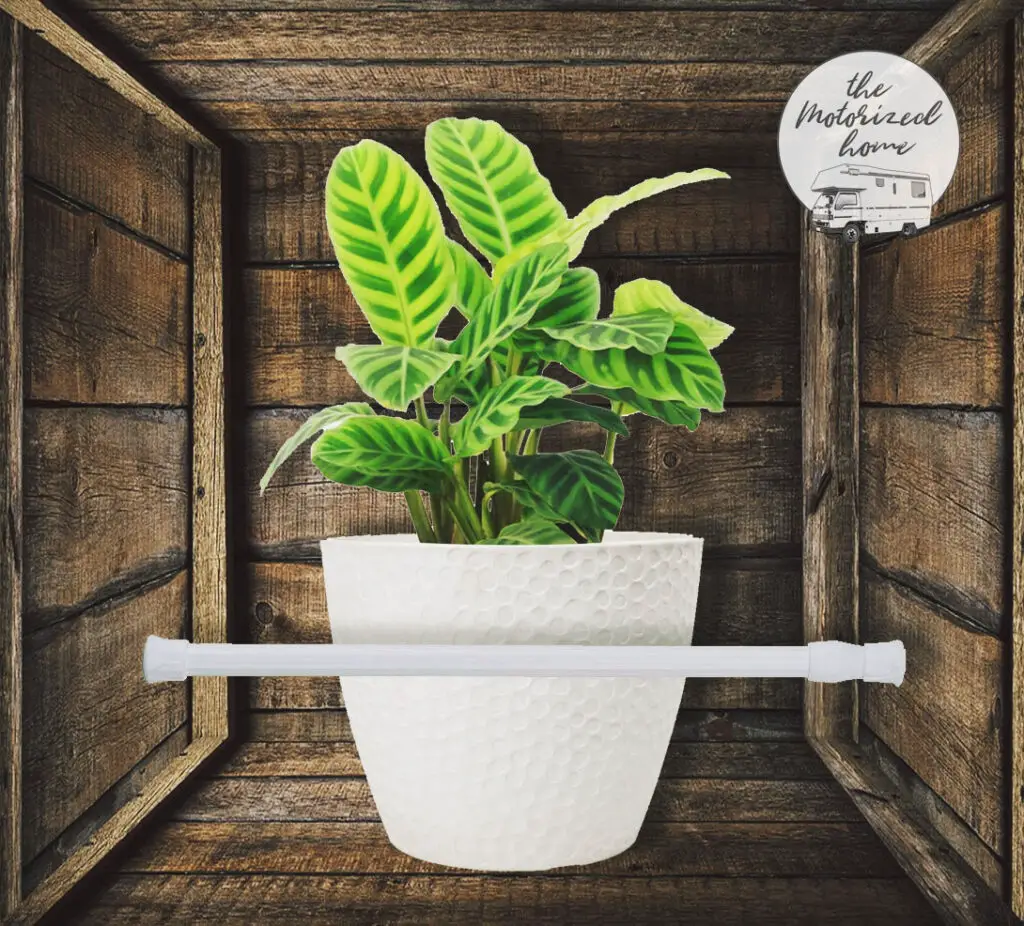
3 – Use high sided saucers and attach them to the tabletop
Okay, I used a screw in my example, but don’t do this to a valuable surface! Just so you get the idea. Sometimes even a super-strong double-sided tape can do the trick, depending on where the pot is located.
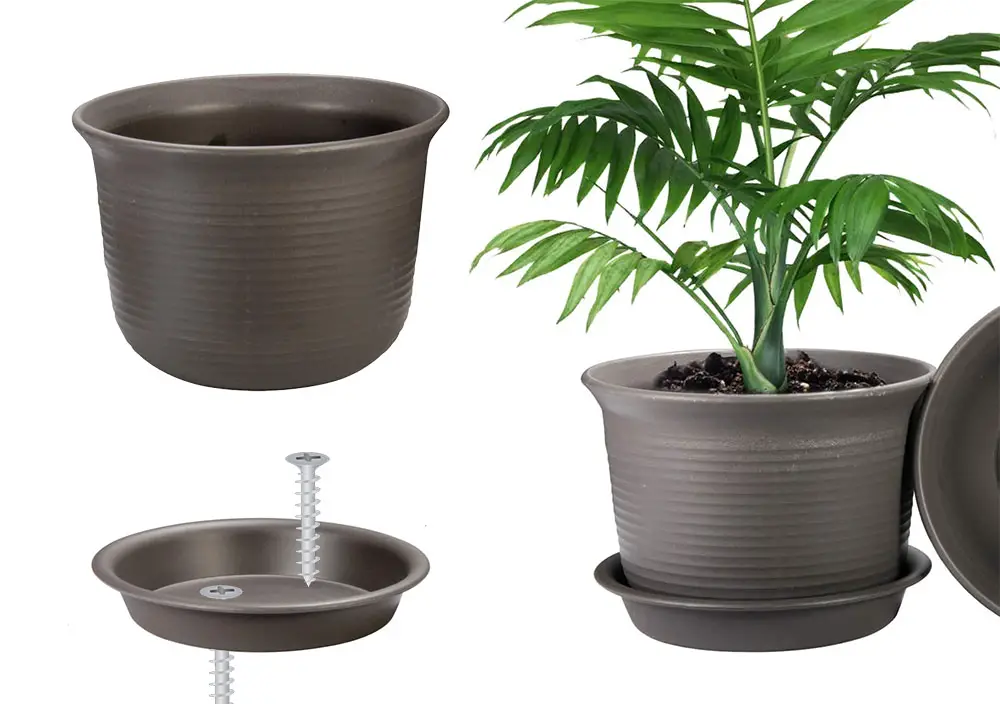
Great! So now when you know what to do specifically for plants in an RV, let’s have a look at a few good plants that are durable for life on the road.
Plants you can hang
These are great as you can hang them from the ceiling or bottom of your wall cabinets and thus save your valuable counterspace.
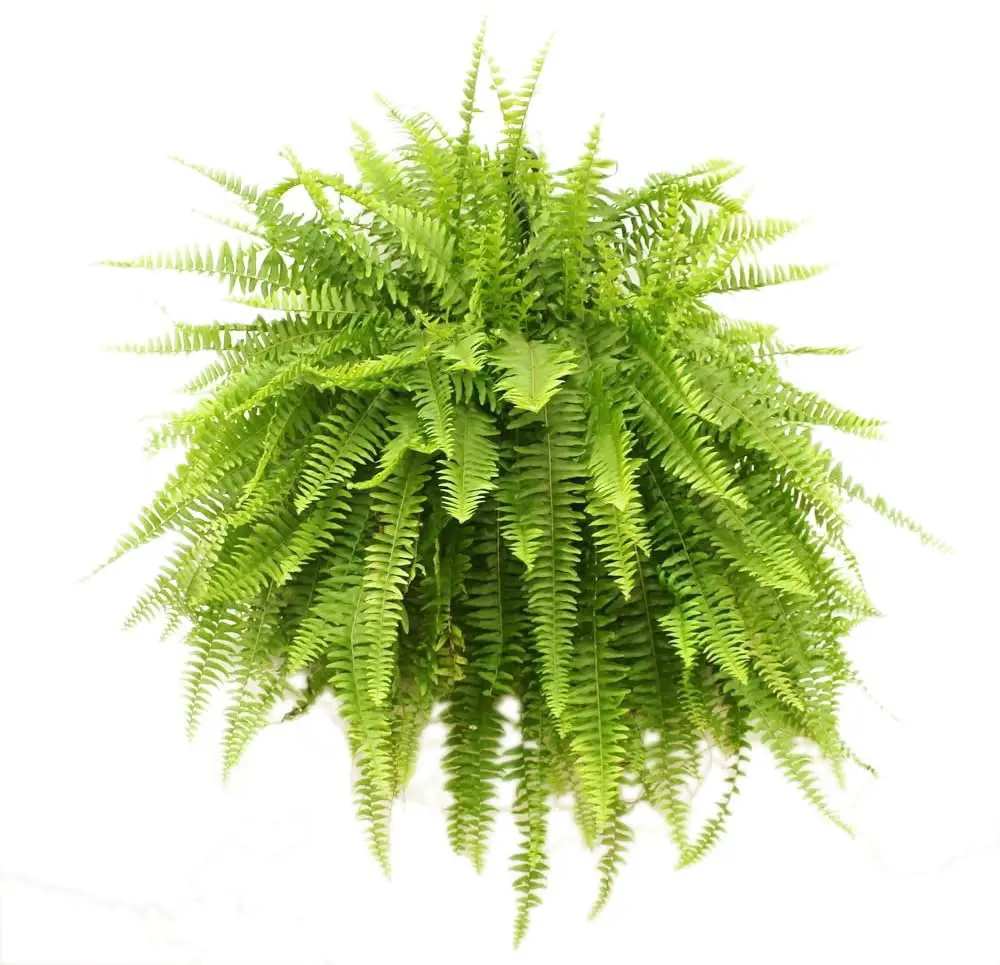
Boston fern (Nephrolepis exaltata)
These beautiful ferns like cool space with indirect light and they are perfect plants for hanging from the ceiling. Just make sure that they won’t be in direct sunlight and they stay moist. Let the air flow in your van and don’t let the temperature rise too much. Too dry air will turn their leaves yellow. As a tropical plant it doesn’t like cold but can survive down to 30 degrees Fahrenheit.
Non-toxic.
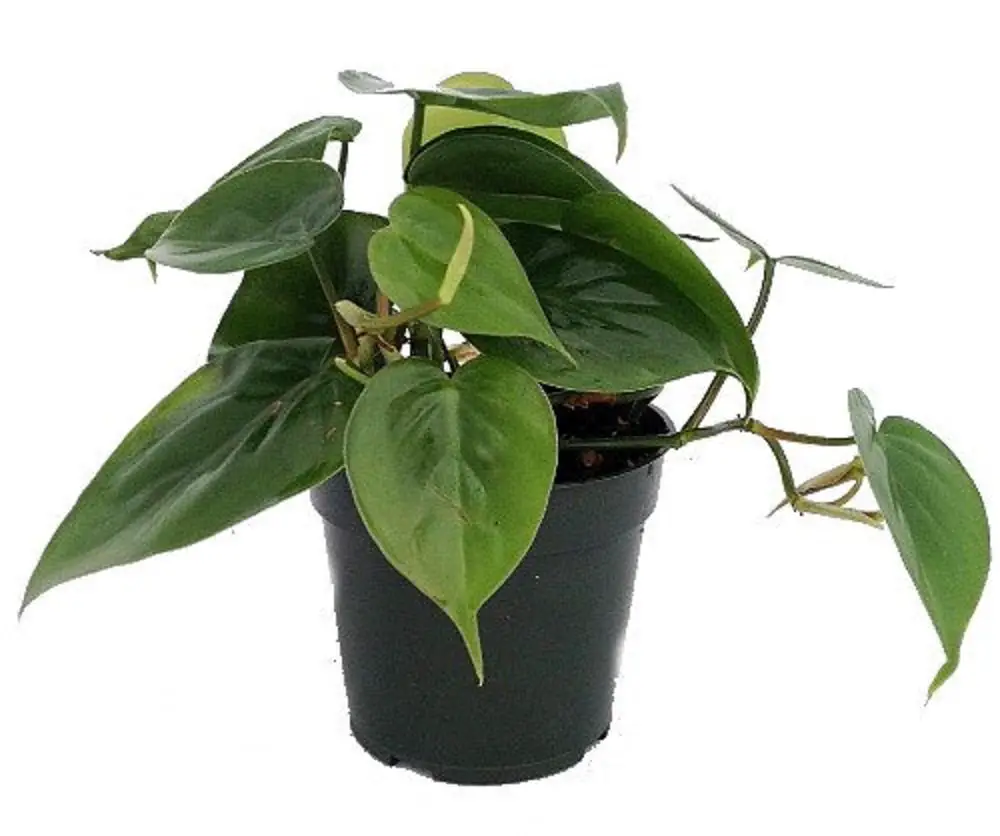
Heart leaf (Philodendron scandens)
This is a very popular houseplant as it is very easy to grow. Again a lovely one to hang in a basket and doesn’t require a lot of light. It is more tolerant of dry air but likes humidity and occasional misting. Heart leaf doesn’t like temperatures under 60 degrees Fahrenheit. Toxic to cats and dogs.
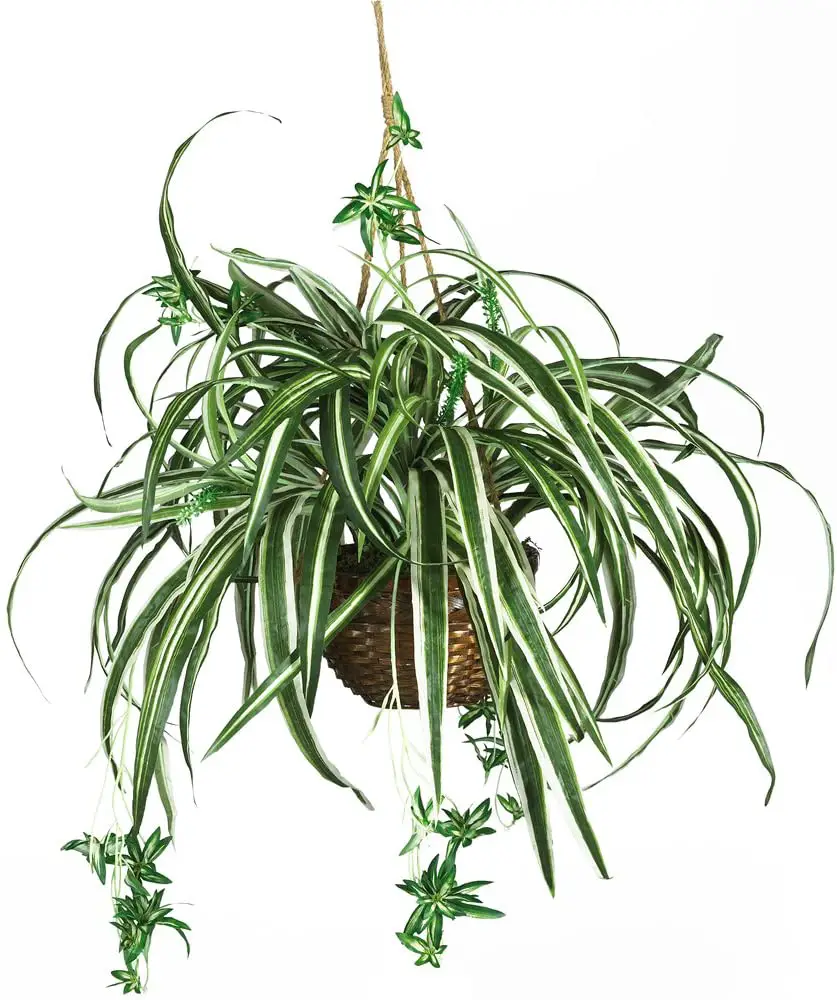
Spider plant (Chlorophytum comosum)
These are very adaptable and easy to grow. They like cooler temperatures (55 to 65 degrees Fahrenheit) and indirect light. Non-toxic!
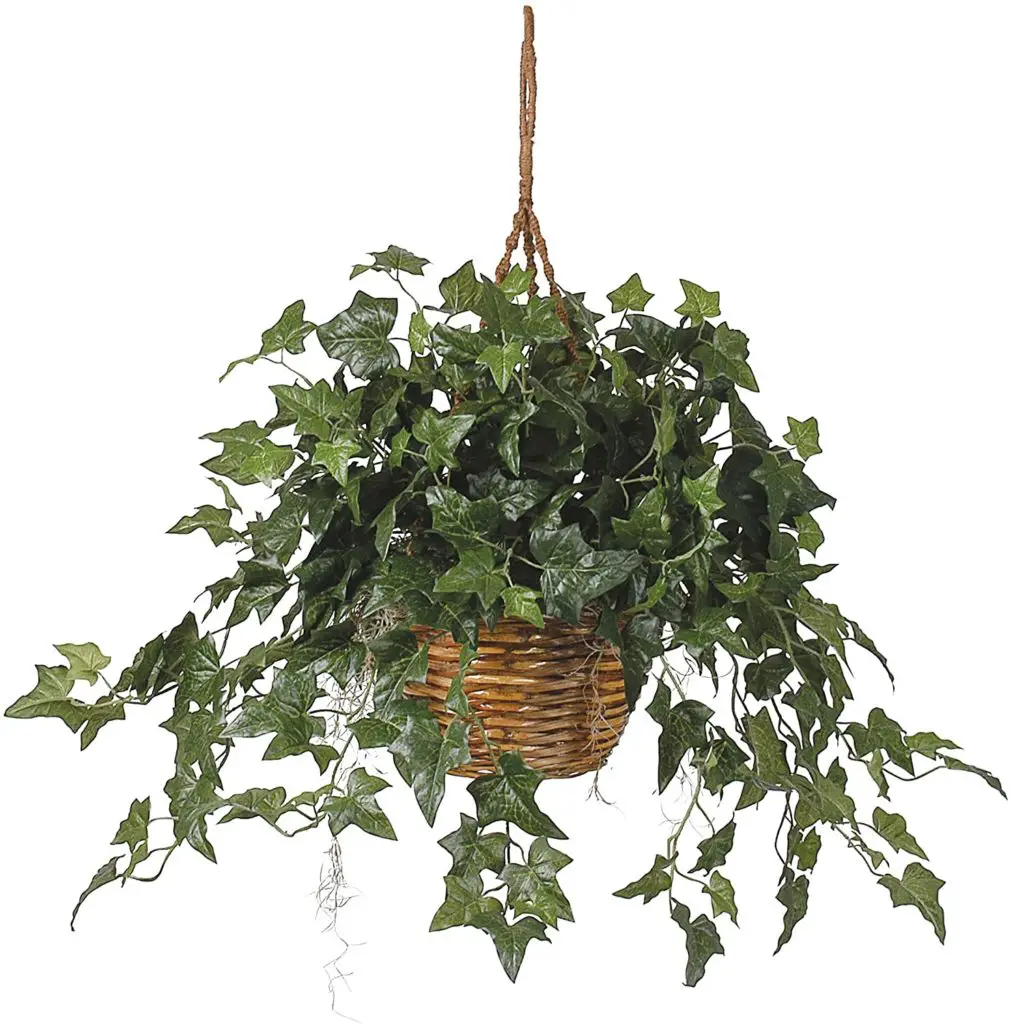
English Ivy (Hedera helix)
This fast-growing plant grows wildly all over the Europe, is extremely easy to take care of and tolerates many living conditions. Probably too well, this one will quickly take over if you are not careful! Toxic to cats and dogs.
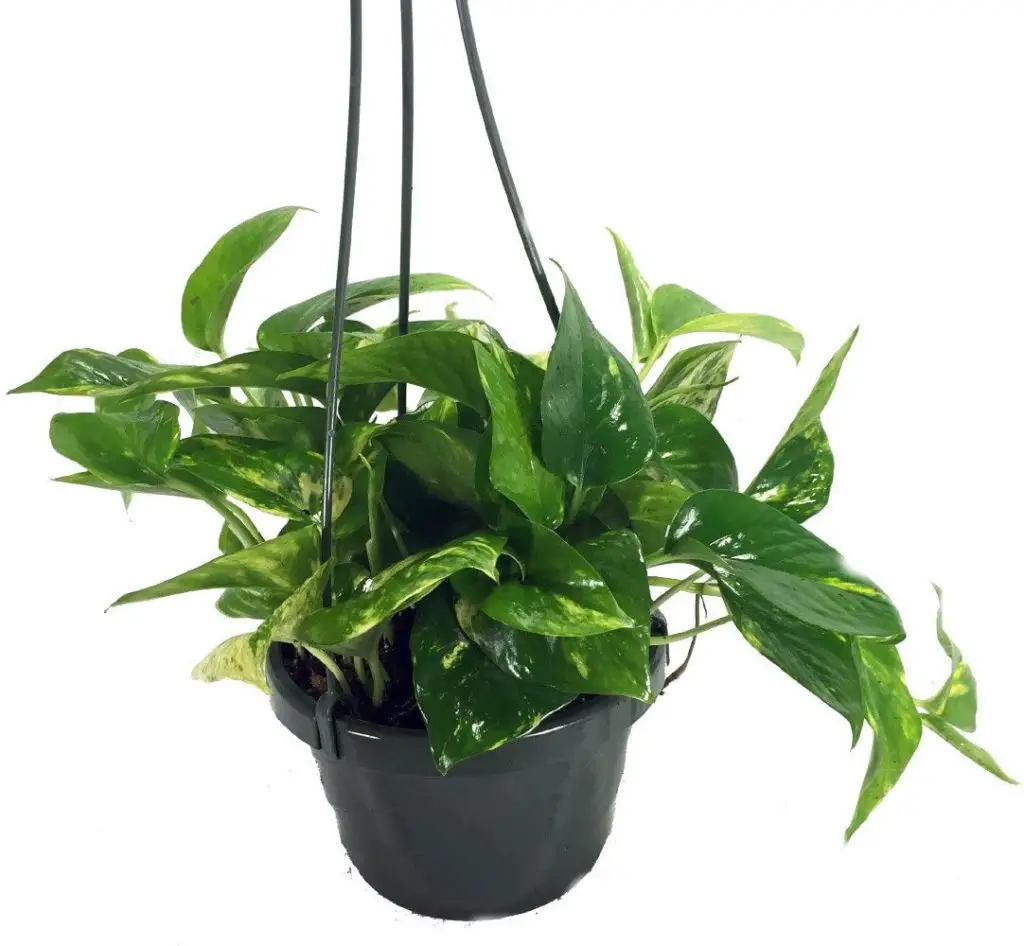
Devil’s Ivy (Epipremnum aureum)
You might also be more familiar with a name “the Pothos”. These guys don’t really need that much light, watering or care. Toxic to cats and dogs.
Other easy-going house plants for your RV
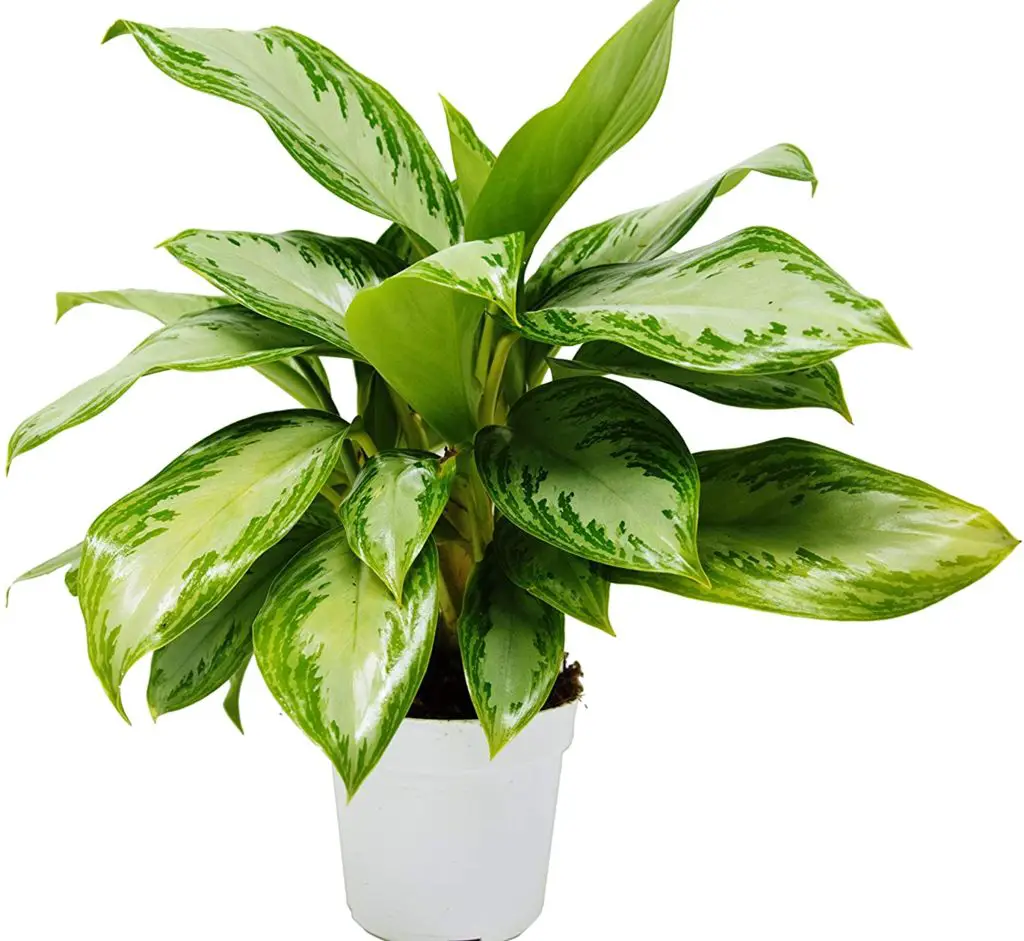
Chinese evergreens (Aglaonema-family, in the photo Aglanoema Silver Bay)
These are amazing, they are one of the most durable houseplants you’ll find. The optimal conditions are indirect light, enough moisture and temperatures between 70-72 degrees Fahrenheit, but they are very adoptive and will tolerate poor light, dry air, drought and temperatures 50-55 degrees Fahrenheit. Toxic to pets.
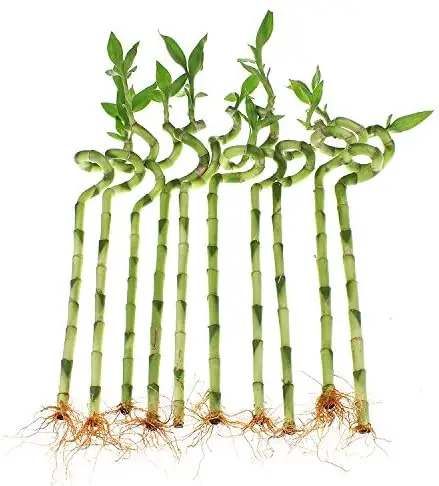
Lucky bamboo (Dracaena Sanderiana)
Actually not a bamboo but a part of a family called Dracaena, this lovely plant doesn’t require a lot of light and you can grow them in water. It doesn’t like temperatures under 65 degrees Fahrenheit and it is also harmful to dogs and cats.
Other Dracaena family members are also pretty easy to take care of in a van.
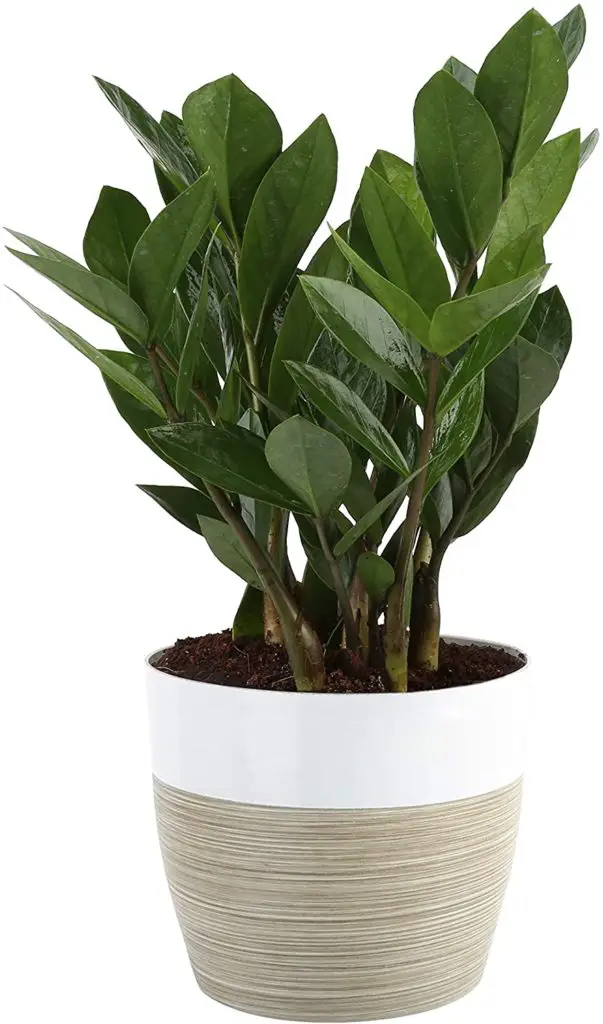
ZZ plant (Zamioculcas zamiifolia)
This one likes bright (but not direct) light, but it is not essential. Minimum temperature no less than 45 degrees Fahrenheit. Likes misting in the winter if the air humidity drops. Toxic to cats and dogs.
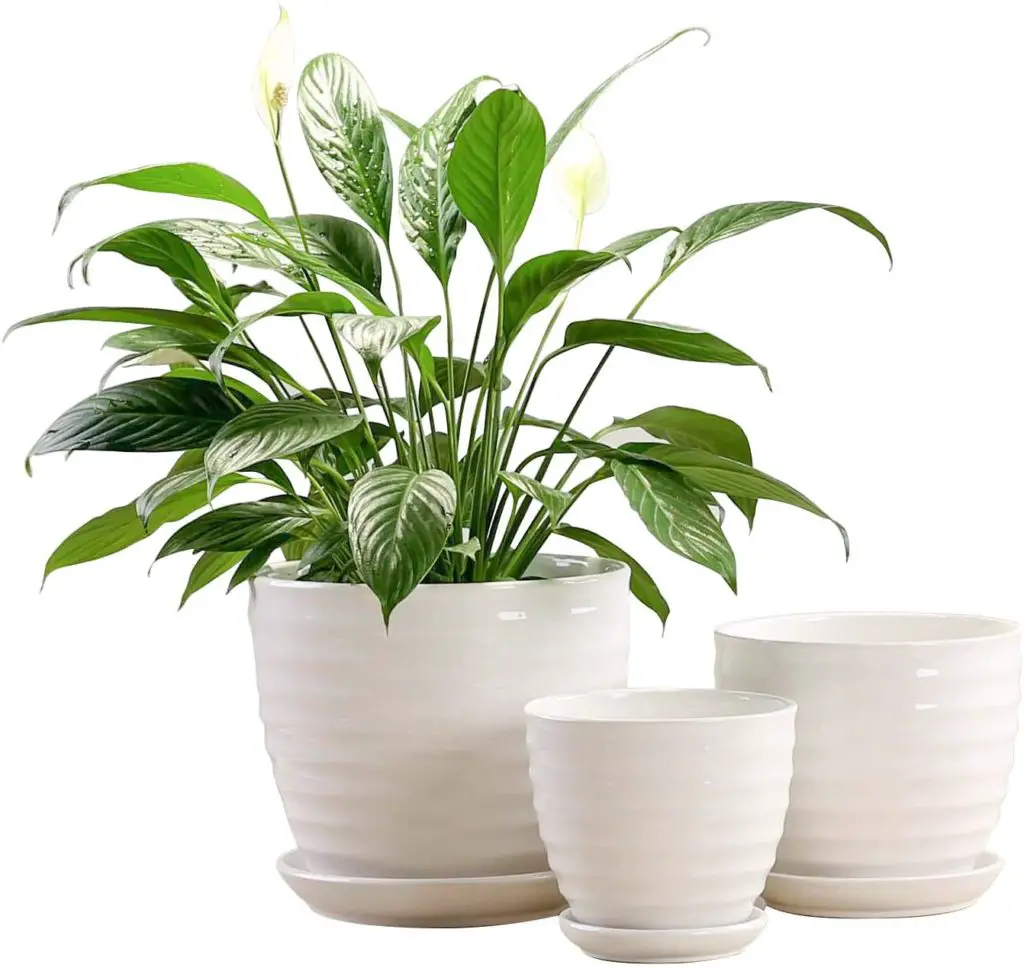
Peace lily (Spathiphyllum -family)
A classic houseplant that looks beautiful, is very easy to take care of and purifies the air efficiently. They prefer medium to low light and tolerate under-watering more than over-watering. Mildly toxic to pets and people.
Fun fact: The white “flowers” aren’t actually flowers! They are just special leaves that grow around the actual flower to protect them.
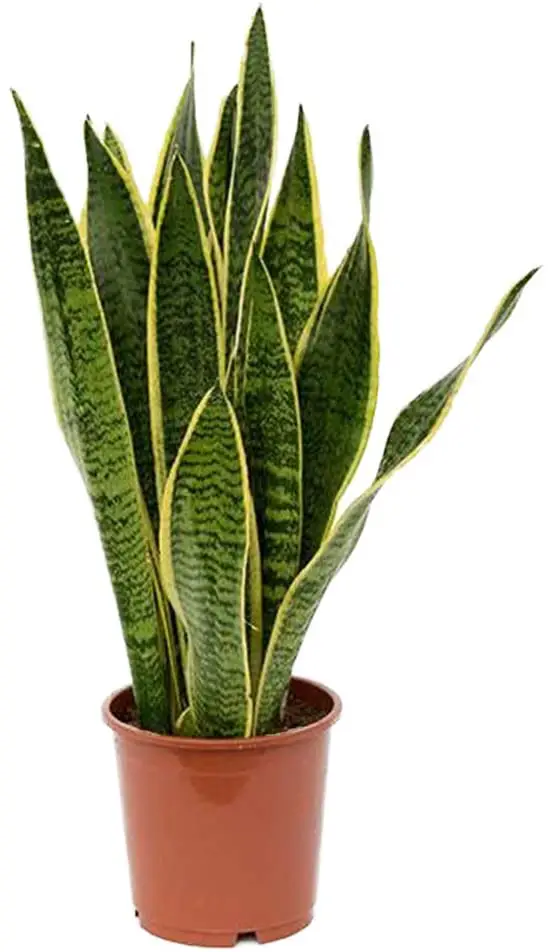
Snake Plant (Sansevieria trifasciata)
Snake plant, also known as Mother-In-Law’s Tongue is one of the most popular houseplants, especially because it is so easy to take care of. These guys are pretty forgiving of light and watering. Moderately toxic.
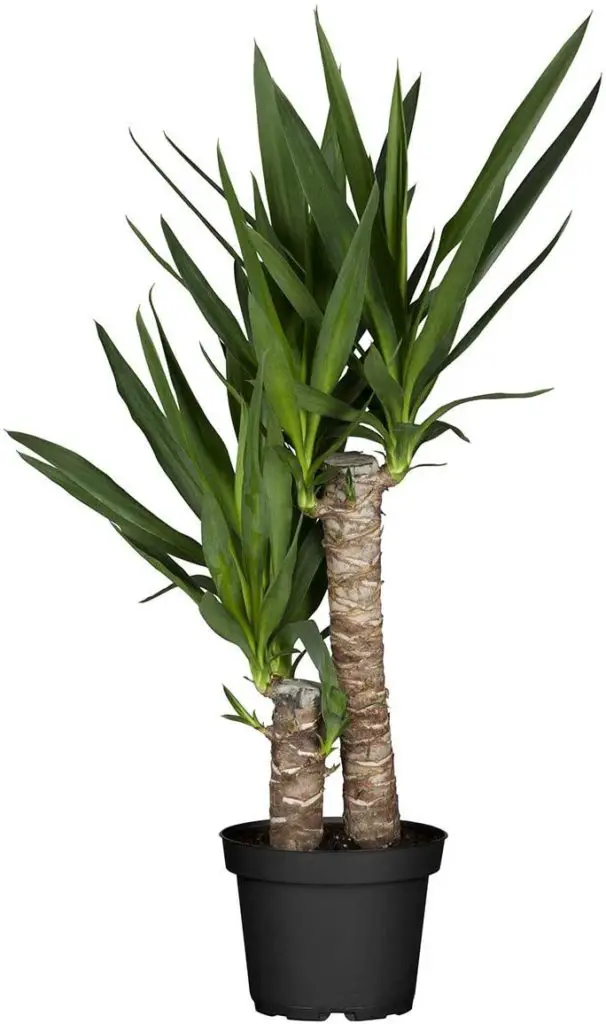
Yucca (Yucca elephantipes)
If you’d like a bulkier plant instead, have a look at these fantastic plants, Yuccas. They are super easy going in what comes to light, temperature and humidity, just don’t over water them! They don’t like soggy soil at all. Moderately toxic.
Grow herbs in your RV
Nothing else beats good food than good food with fresh herbs! Easy to grow, resilient, lightweight, and small in size, every van or RV gardener needs these.
Build a camper herb garden on your dashboard or hang them above your sink for easy watering.

You could try a rail like this from Ikea.
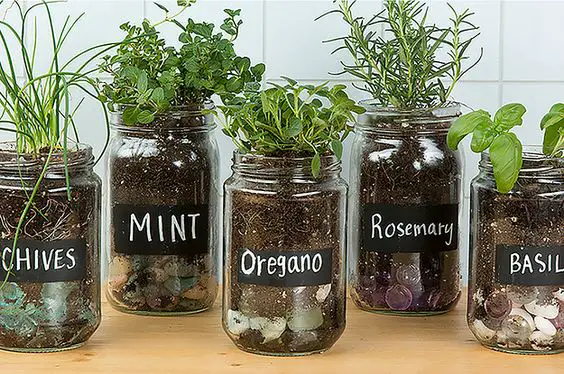
Plant Instructions have created this tutorial on how to grow herbs in mason jars.
Cool potting ideas for your RV plants
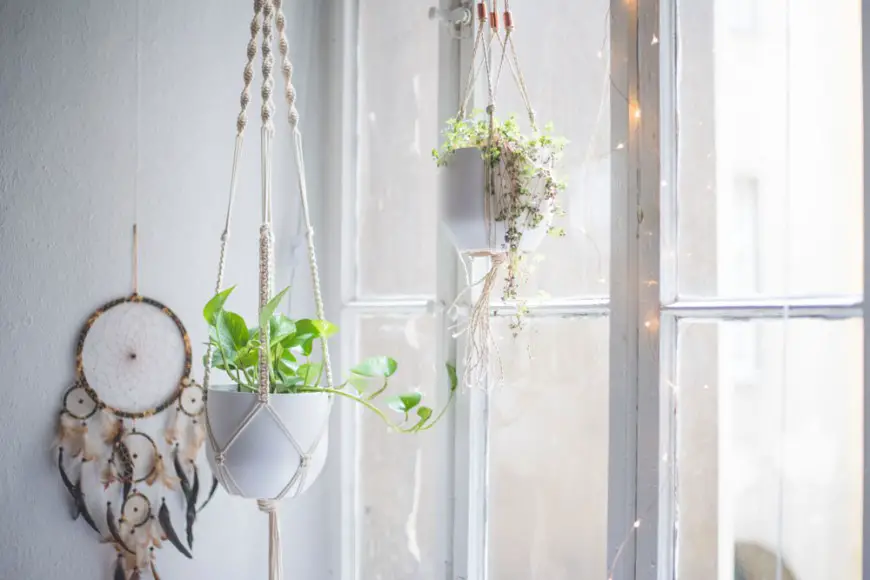
Check out this great tutorial by heylilahey on how to do your own macrame plant hanger for that cool boho-chic vibe.
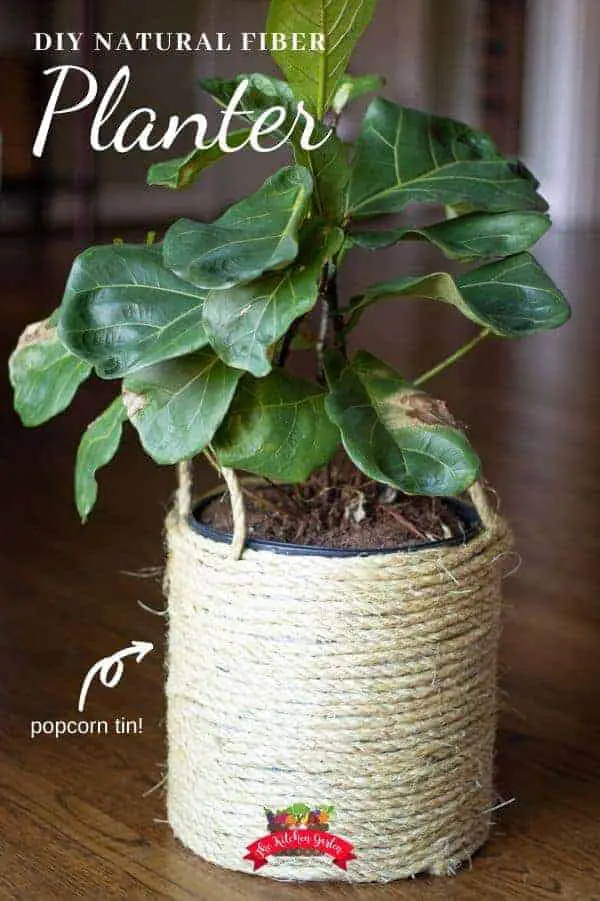
The Kitchen Garten came up with the idea of sisal rope around a used tin for that lovely farmhouse feel. Would surely work with smaller tins as well for herbs. Read her tutorial here.
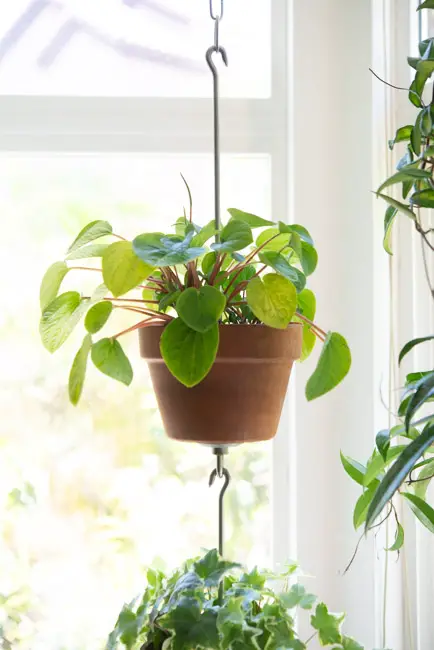
With this super cool tutorial The Horticult shows you how to hang your clay pots vertical. Nice. Except remember to use plastic pots!
You might also be interested in
► How To Make Your RV Smell Good (And Get Rid of Any Bad Smells)
► RV Deodorizer Disks DIY
Pin me for later!
